Preventing and controlling rabies through a One Health approach
Rabies is a deadly viral disease that can be transmitted from animals to humans through bites or scratches. The virus attacks the nervous system and can cause death if not treated. There is no cure for rabies once symptoms appear, but it is preventable. The best way to prevent rabies is to get vaccinated against the disease. Vaccination is also important for pets, as they can transmit the virus to humans.
FAO supports member countries in their efforts to prevent and control rabies, including disease surveillance and outbreak responses, laboratory capacity building, public awareness promotion, dog vaccination, cross-sectoral collaboration (public health, wildlife, municipalities and local communities), and rabies national control plan development and implementation through a One Health approach.
Read the full report
Towards zero human deaths from dog-mediated rabies by 2030
⦿ Cameroon
The north of Cameroon has many national wildlife parks. The biggest one is Waza national park where hunting is banned. This park is connected to Kalfou by a migration corridor used by wildlife in the rainy season in search of food. In August 2023, a hyena using this corridor bit five people and four sheep.
Consequently, the hyena was killed and the head was shipped to the National Veterinary Laboratory of Garoua in the North region for rabies confirmatory testing. Once rabies had been confirmed, the five people received PEP from the local health service.
FAO Emergency Center for Transboundary Animal Diseases (ECTAD) supported the Ministry of Livestock, Fisheries, and Animal Industries (MINEPIA) to initiate a comprehensive investigation and community awareness campaign following the hyena-transmitted rabies outbreak. Outputs of the joint intervention included:
- Raising awareness among 165 people, including 22 women from local communities, about animal and human rabies and prevention methods.
- Surveying 73 households to assess risk behaviour.
- Strengthening the capacities of four health units and veterinary centres in record-keeping and post-exposure prophylaxis for bitten individuals.
- Enhancing collaboration among public services to notify cases of bites and those requiring post-exposure prophylaxis treatment.
This collaborative effort significantly improved coordination among local services in monitoring and managing rabies cases in humans, livestock and wildlife. The mission underlined the importance of understanding the threat of rabies to the need to respect the integrity of protected areas to prevent potential conflicts with wildlife.
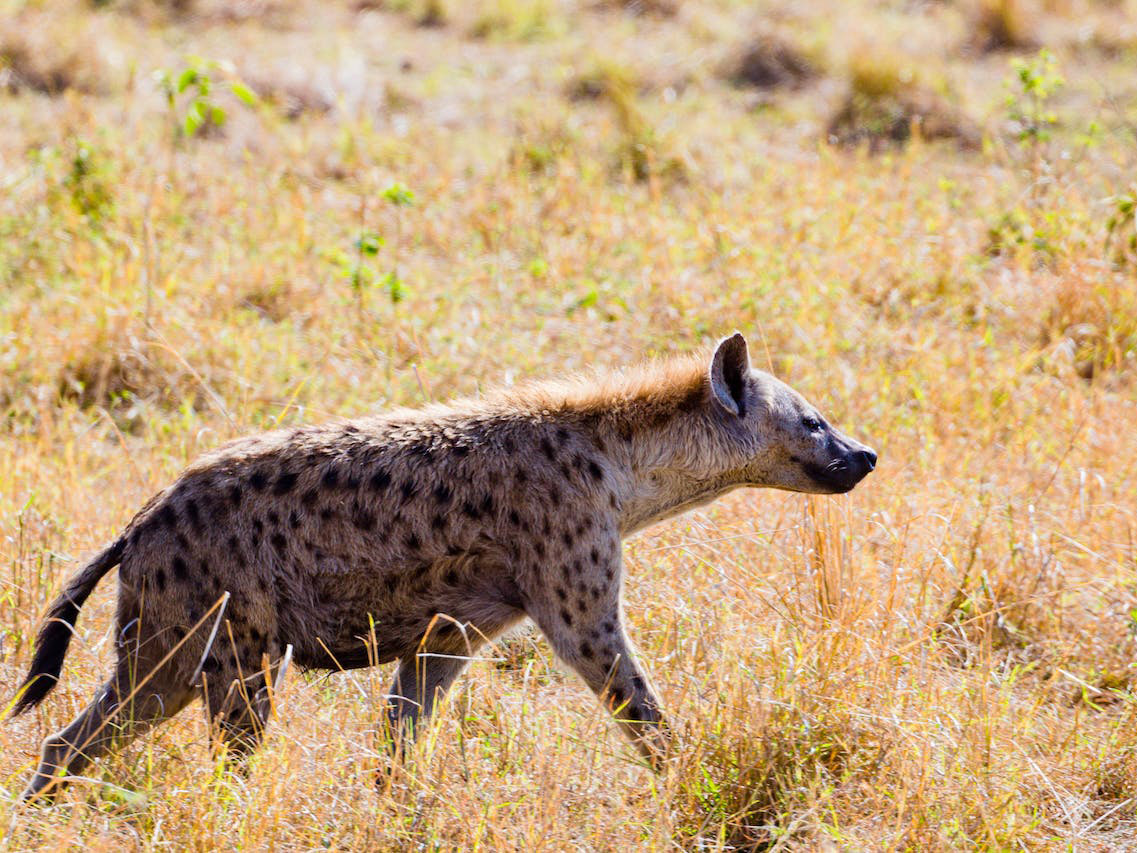
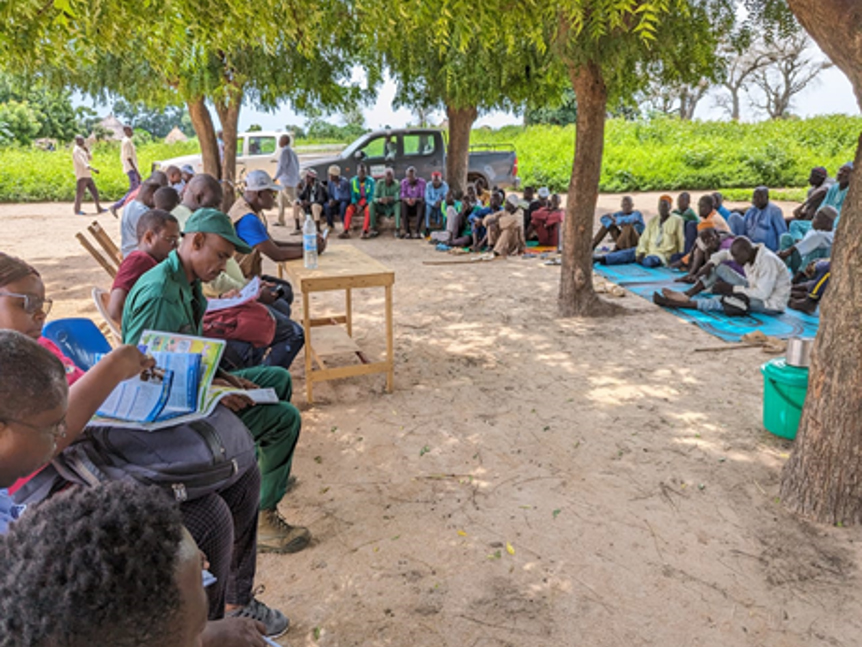
⦿ Côte d’Ivoire
The annual incidence of rabies is around 20 human cases and 10 animal cases in Côte d’Ivoire. FAO provides financial and technical support to the country's National Integrated Rabies Control Program (NIRCP). Multisectoral collaboration on rabies prevention and control has been strengthened within the national One Health platform through animal health thematic group meetings. The initial phase of the NIRCP 2018-2030 resulted in the promulgation of Law N°2020-995 of December 30, 2020, on the Veterinary Public Health Code, and its dissemination to the administrative authorities has included regulations on rabies control.
FAO provides annual support by:
- Supplying education and communication materials.
- Mass animal vaccinations (around 10,000 animals, of which 93 percent were primo vaccinated in the Gbékè and San-Pédro regions in 2022).
- Training of 760 certified rabies trainers and media.
- Community awareness-raising campaigns, which reached over 2,300 people in 2022-2023.
Early warning and detection have been improved with FAO’s support of in the use of collecting, reporting and surveillance tools, such as the Event Mobile Application (EMA-i), veterinary service information collection tools, and training animal health personnel in frontline epidemiology and GIS. This led to an increase in the number of reported and investigated suspected cases of animal rabies by over 240 percent in 2023. The capacities of veterinary laboratories have been strengthened to improve rabies diagnosis through the supply of equipment, reagents and consumables, and participation in inter-laboratory tests. Veterinary laboratories analyzed 40 samples of which 80 percent were positive over the three last years. Ultimately, the programme will acelerate the process for the elimination of dog-transmitted rabies by maintaining vaccination and awareness.
⦿ Ethiopia
The fight against rabies in Ethiopia has witnessed remarkable progress. FAO supported interventions in recent years include a series of community-level rabies awareness campaigns in different parts of the country, accompanied by pilot dog vaccination programmes.
Since October 2021, over 357,617 dogs have been vaccinated, making a substantial impact in reducing the prevalence of rabies in the targeted areas. Based on outbreak reports to the animal health department there was a 60 percent reduction in reported cases between 2021 to 2022. Despite these efforts, the overall rabies vaccination coverage is still very low, estimated to be five percent of the total dog population, far below the 70 percent needed to halt the transmission of canine rabies.
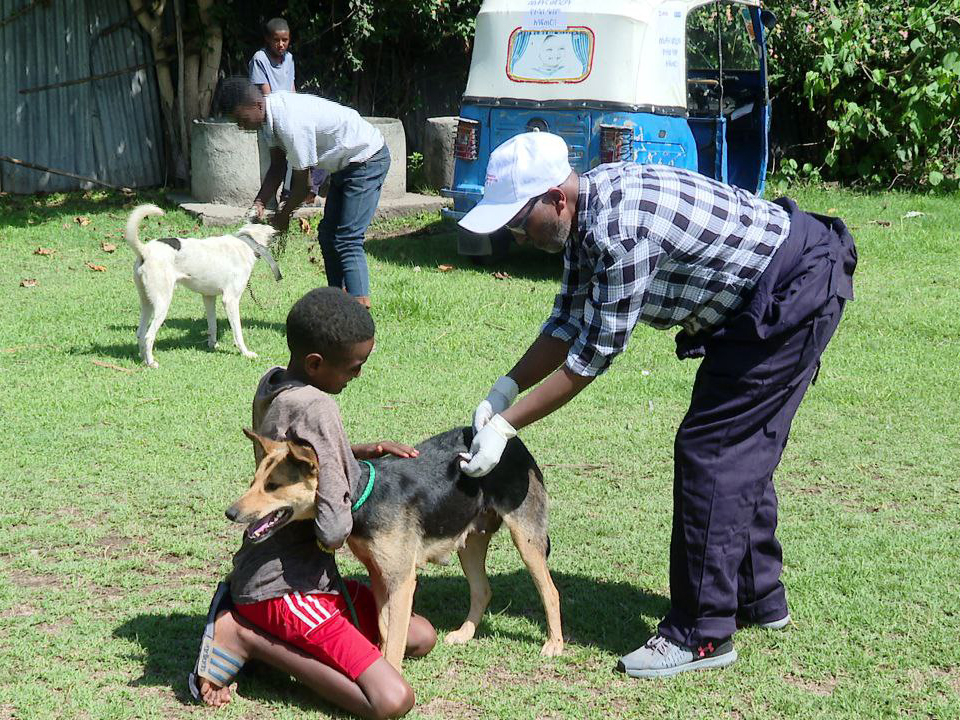
The pilot vaccinations supported by FAO were mainly restricted to large towns and cities for owned dogs, which are kept within the owner’s property and therefore do not have a significant role in the transmission of rabies. Nonetheless, these pilot activities did have significant impacts on rabies awareness at a local level. A consultative workshop conducted in February 2022 on private sector engagement and the potential application of Public-Private Partnerships (PPP) in rabies vaccination and dog population management activities was conducted in Addis Ababa. Awareness promotion posters and Social and Behavior Change Communication (SBCC) materials were developed and disseminated to sub-national levels and wider communities during mass dog vaccination campaigns.
Greater efforts and investments are required to scale up these pilot activities into national programmes to increase vaccination coverage (including owned free roaming and non-owned stray dogs). Availability of high-quality cell-culture vaccine for dog vaccination and human post-exposure prophylaxis (PEP) are still limited in Ethiopia. The country has started using locally produced cell-culture vaccines for dog vaccinations produced at the National Veterinary Institute. To meet national demand, the quality and quantity of vaccine production still needs further improvement.
⦿ West Africa: Sierra Leone, Liberia and Guinea
FAO has been supporting integrated vaccination campaigns in West Africa, where veterinary services and the public health sector are joining forces to strengthen the fight against Peste des petits ruminants (PPR) and rabies.
The PPR Global Secretariat, with FAO country offices and United Against Rabies (UAR), received funds from UAR to support the implementation of joint PPR/rabies vaccination campaigns in Sierra Leone, Liberia and Guinea in 2022.
This funding contributed to the impact of the joint PPR/rabies campaigns in the three countries, in particular by engaging communities at the grassroots level. For example, funds were used to support community meetings, radio broadcasts and jingles that raised community awareness of the integrated PPR/rabies vaccination campaigns and their benefits.
Vaccinating small ruminants against PPR and dogs against rabies during a single coordinated campaign benefits communities, who need only muster their animals once. A campaign organised jointly between the Ministries responsible for human and animal health also leverages their combined workforce and logistics, and enables sharing of resources, such as vaccine storage facilities and vehicles.
Recognising the advantages of joint PPR/rabies campaigns in neighbouring Sierra Leone and Liberia, Guinea piloted this approach for the first time in 2022, in its Nzérékoré prefecture. All three countries report cost-saving and also improved community awareness, higher willingness and community participation as a result of their joint campaigns.
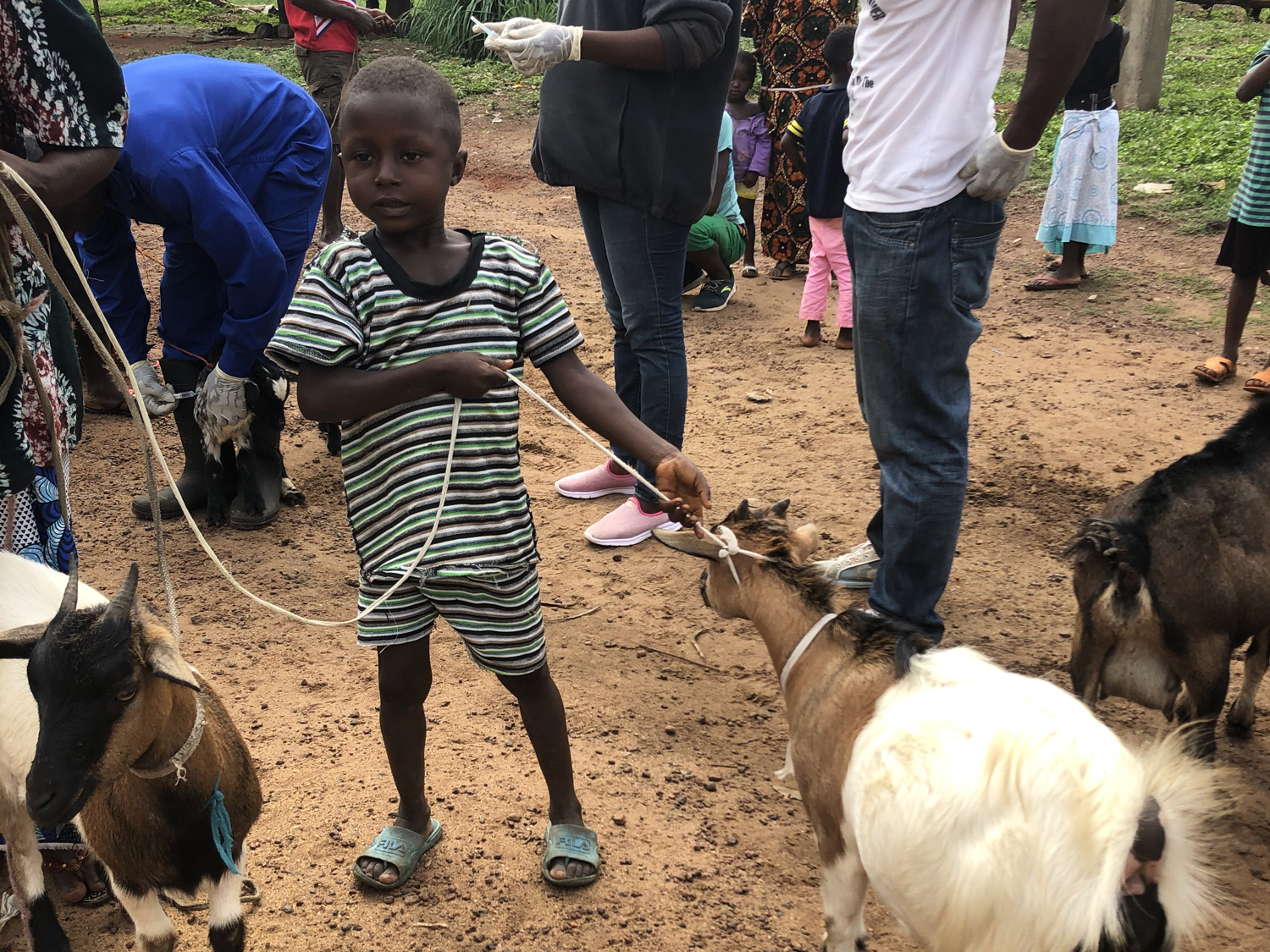
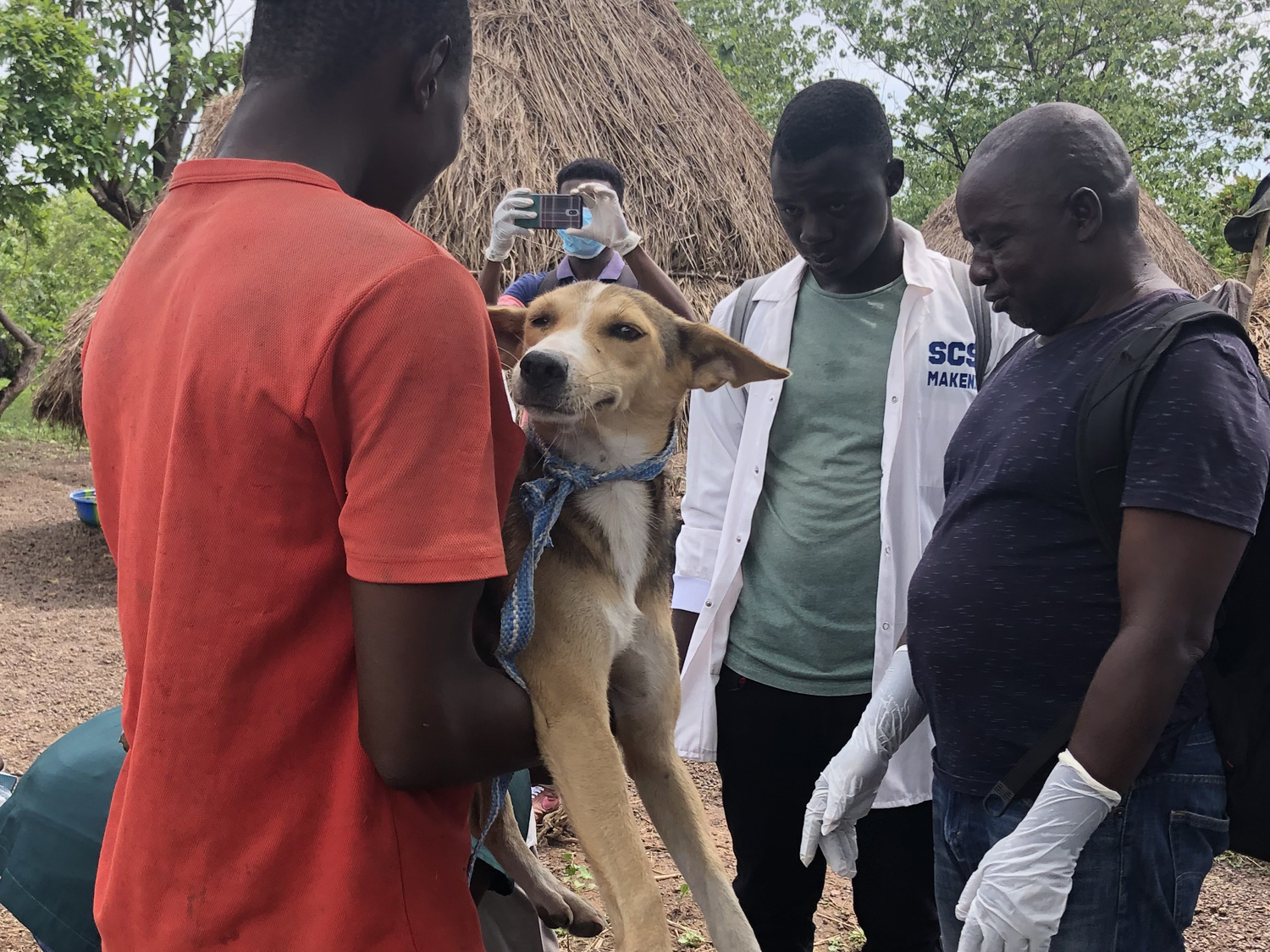
⦿ Zambia
There was a significant surge in rabies outbreaks in Zambia in November 2022. By June 2023, the Department of Veterinary Services within the Ministry of Fisheries and Livestock (MFL) had documented rabies outbreaks in 29 districts across nine out of Zambia's ten provinces.
In response, the MFL sought assistance from FAO, leading to FAO ECTAD-Zambia collaborating on a comprehensive study. The primary objective of this study was to identify gaps in rabies control and prevention, and to inform future rabies control strategies and surveillance.
The key outcomes of this gap assessment included the evaluation of district-level capabilities and preparedness to manage rabies outbreaks. It observed that local authorities were not effectively enforcing regulations related to dog population management. A lack of protocols for outbreak investigation and insufficient availability of personal protective clothing and equipment during outbreaks were noted. The ability to diagnose rabies was primarily centralized in regional laboratories, while district-level laboratories usually lacked this capability. Following the study, FAO through the USAID funded Global Health Security Programme (GHSP) initiated procurement for rabies sample extraction, diagnosis, and personal protective equipment.
This initiative resulted in the creation of rabies risk maps and training for sub-national personnel in rabies risk mapping to inform the planning of control interventions. They developed protocols for investigating rabies outbreaks and a comprehensive surveillance plan for frontline animal health workers.
⦿ Cambodia
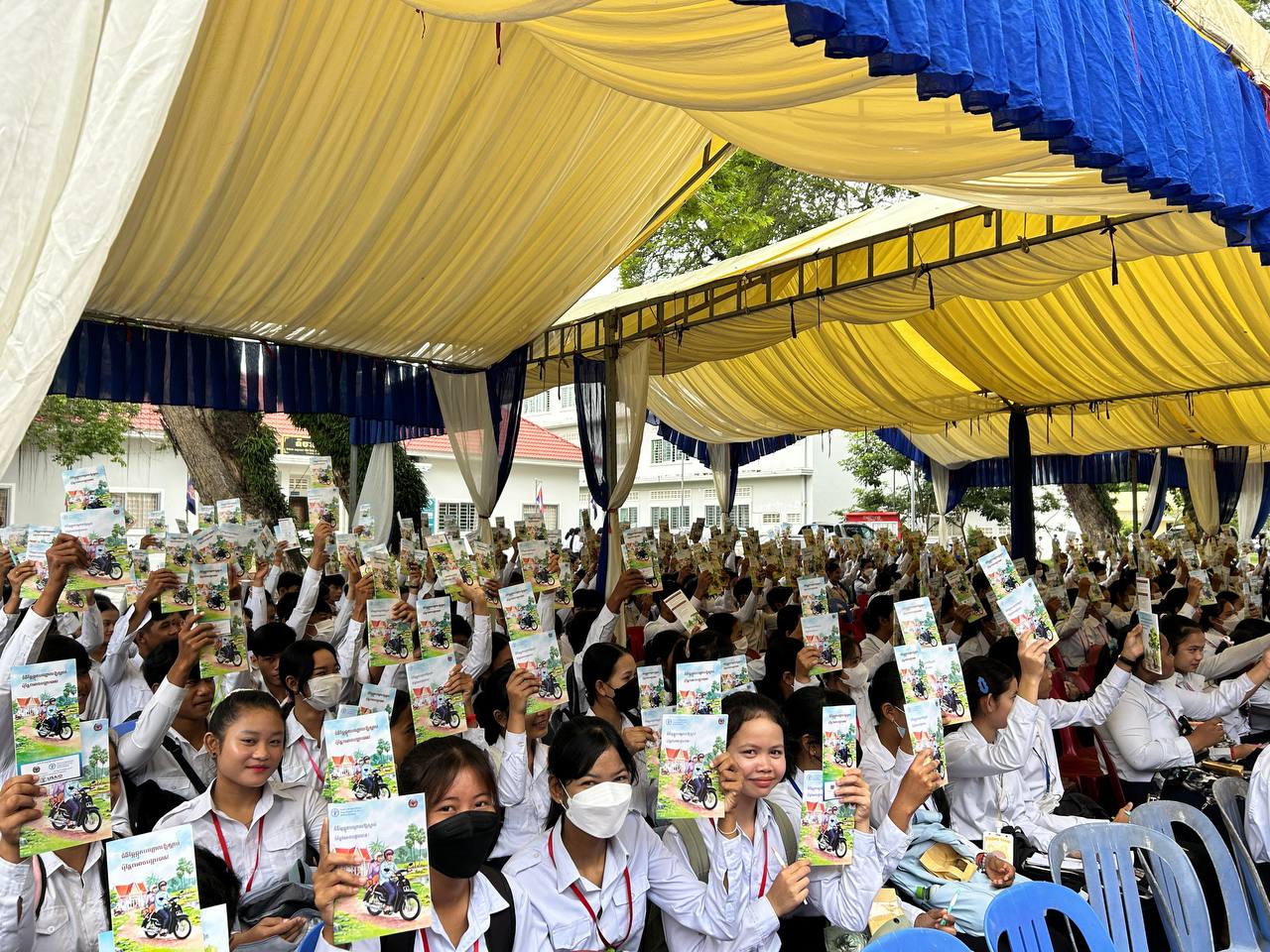
World Rabies Day 2023 became a platform to rally more than 500 students from the High School of Svayrieng province and over 100 students from the University of Svayrieng. A collaboration between FAO, the Ministry of Agriculture, Forestry and Fisheries, Ministry of Education, Youth and Sports, and Ministry of Health aimed to heighten awareness about the risks of rabies within the community.
The organizers distributed 1000 copies of rabies notebooks and 1000 rabies leaflets, reinforcing crucial information to combat the prevalence of this deadly disease. Pasteur of Cambodia reports that around 600,000 people are bitten by dogs annually, half of whom are children under 15 years old.
During the event, the children exhibited a keen understanding of preventive measures, emphasizing the importance of promptly cleaning wounds, seeking post-exposure prophylaxis (PEP), and notifying local authorities of any incidents. Their commitment extended beyond the event, as they pledged to share their newfound knowledge with family and community members.
Crucially, the success of this impactful event was made possible through funding from the United States Agency for International Development (USAID), exemplifying the significance of global collaboration in addressing public health challenges and fostering a safer, rabies-free future for communities in Cambodia.

⦿ Bangladesh
To help achieve elimination of canine rabies in Bangladesh by 2030, the Government of Bangladesh, with technical support from FAO, prepared its national mass dog vaccination strategy in 2011 under the One Health approach, developed thousands of vaccination teams around the country, and began national mass dog vaccination to progressively control and eliminate rabies. Today, Bangladesh is the only country in Asia with a national mass dog vaccination programme fully funded by government resources and was designated by the FAO regional office as a Rabies Action Centre for Excellence.
In order to explore methods to increase and sustain high vaccination coverage, a case-control study to evaluate the social and epidemiological impacts of long-lasting collars in dog vaccination campaigns was designed by FAO and initiated in collaboration with the Government of Bangladesh.
Four dog vaccination teams conducted community outreach in the Savar and Narsingdi municipalities followed by dog catching, vaccination, microchipping and marking with either long-lasting collars or by livestock paint. Overall, 2,153 roaming dogs were vaccinated with data captured by smartphone.
Transect walks were then conducted to assess longevity of the marking methods. To assess community perceptions of the community regarding free-roaming vaccinated dogs, two veterinary students (one female and one male) conducted 72 interviews across both study areas. Once completed, the study will be instrumental in determining the value of adding long-lasting collars as a standard component of mass dog vaccination programmes globally, including Bangladesh.


⦿ Indonesia
Rabies has been documented in Indonesia since the era of Dutch East Indies colonialism, and subsequently, its prevalence has extended to nearly all geographical areas within the nation. According to data from the Indonesian Ministry of Health, an estimated 100,000 dog bites occur each year, resulting in 150 to 300 human deaths. Significant endeavours have been undertaken in regions with a high prevalence of rabies to progress towards elimination.
To achieve zero human deaths from dog-mediated rabies, Indonesia has launched two national guidelines, complemented by several technical guidelines for both animal health sector and multi-sectors, applied at the field level. Capacity building and the implementation of dog vaccination programmes and integrated bite case management (IBCM) were introduced in rabies-endemic Indonesian provinces more than a decade ago. To strengthen cross-sector coordination in responding to bite cases, Sistem Informasi Zoonosis dan EID (SIZE), a national health surveillance information system linked to information systems from three different sectors, was further developed and applied. Exploration of the use of village funds as extraordinary financial resources has been carried out to strengthen rabies prevention and elimination.
Dog population management (DPM) was piloted in Bali, focusing on community empowerment as a cadre to educate communities and promote responsible dog ownership, which is used as one of the bases for developing zoonoses cadres to support rabies response and control. Awareness activities for students have been conventionally carried out by field officers. More recently, teachers are being empowered to raise awareness.
The Indonesian Government is dedicated to eliminating rabies through the implementation of mass dog vaccination as its primary approach. Efforts to improve dog vaccination, including the use of capture-vaccinate-capture (CVR) techniques led to a reduction in cases in Bali to around 80 percent in animals and 90 percent in humans. Challenges still exist in capturing dogs using the CVR method, which prompted a collaboration between the FAO, government, and other agencies to explore oral rabies vaccination (ORV) trials in Bali and East Nusa Tenggara Provinces. On World Rabies Day 2023, the Indonesian government officially approved an import permit for commercial ORVs for scaled-up dog vaccinations.
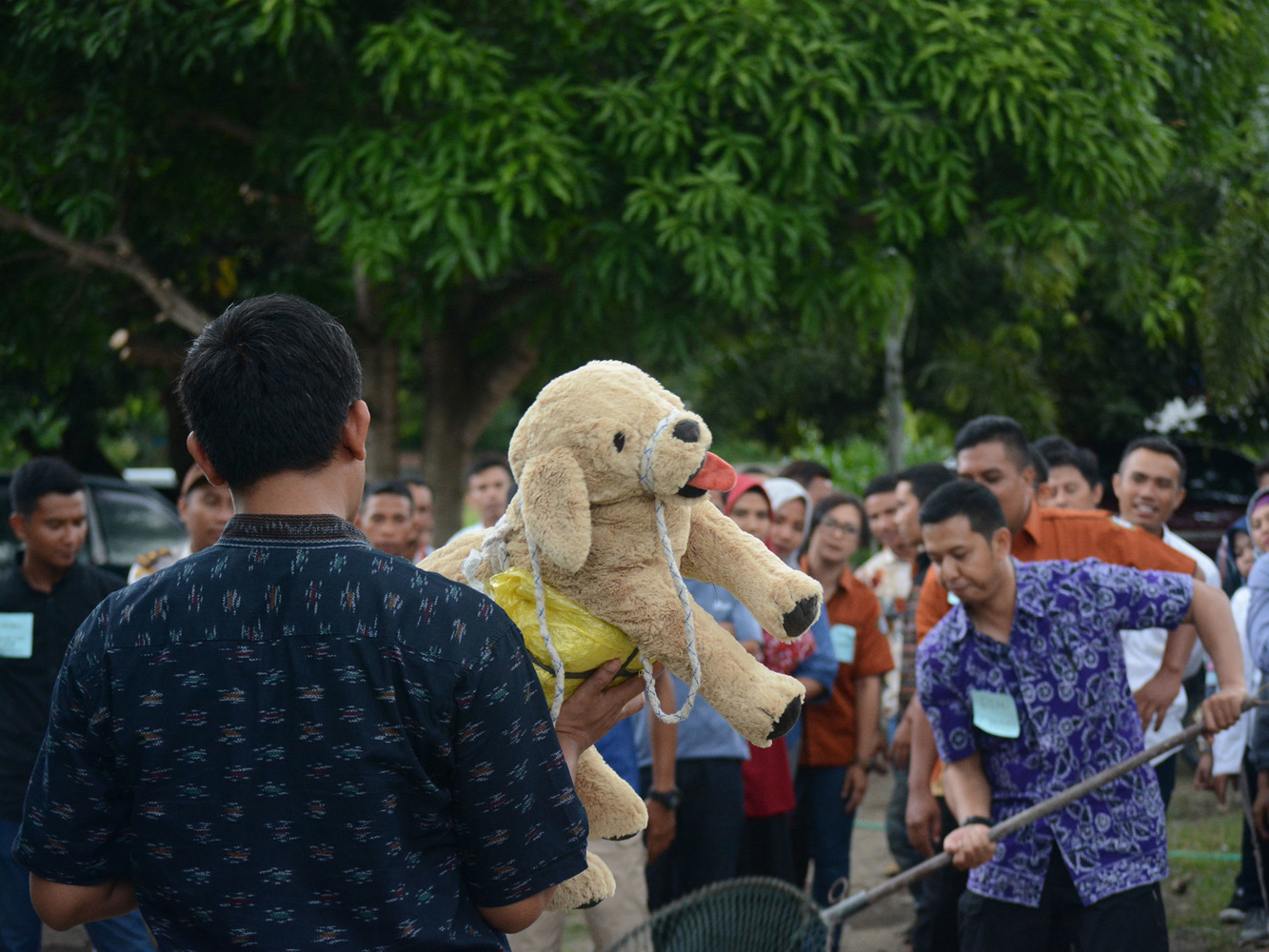
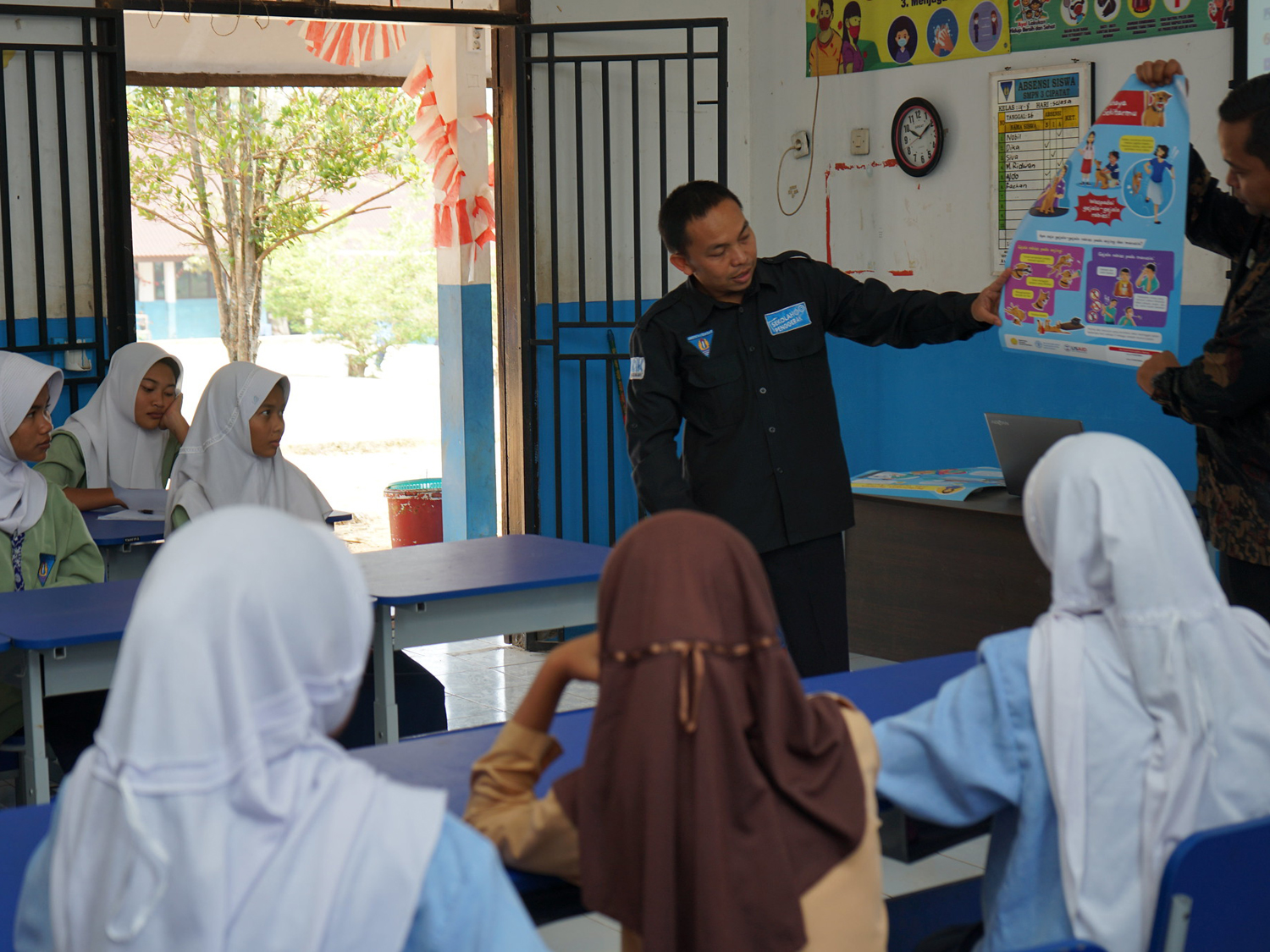
⦿ Northwest Syria
Rabies transmission in Northwest Syria (NWS) is driven predominantly by the large stray dog population.
Before the Syria conflict in 2011, government-led annual stray dog culling campaigns effectively kept both the stray dog population and rabies incidence low. Since 2011, the stray dog population has been left completely uncontrolled and exponentially multiplied. Consequently, rabies cases in humans and grazing livestock have been on the rise for the past 12 years. Compounding the issue is the insufficient rabies vaccination coverage among privately owned dogs and a significant number of families living permanently in tents and makeshift structures, which offer minimal protection. In 2023, medical and veterinary professionals in NWS reported a dramatic surge of human and livestock rabies cases, surpassing the previously recorded incidence levels in the region.
In October 2023, the FAO Gaziantep office hosted the NWS FSL Cluster Livestock Technical Working Group (LTWG) meeting, which included the analysis of human cases from Greater Idlib as collected by WHO. Information from Idlib indicated that local hospitals and medical facilities treated 1206 cases of dog bites in humans during the first half of 2023. Of these, 85 percent were bites by stray dogs and 60 percent of human cases were in children and youth aged five to 18 years. A comparison with pre-2011 dog bite incidence data from the Idlib Medical Directorate was underway.
Anecdotal information has indicated an increase of rabies cases among grazing animals. To corroborate indicative data on the increasing rabies burden and risk, a field survey questionnaire was developed by FAO and applied by Syrian NGOs. The questionnaire collected data and information from community health workers and veterinary field practitioners on animal bite data, human PEP data, rabies cases in both animals and humans, etc. FAO and WHO are also collaborating on developing a joint One-Health proposal to mitigate rabies incidence and associated risks for humans and livestock in Greater Idlib. This includes:
- Rabies training for medical and veterinary professionals and field staff to enhance their expertise, paired with establishing a rabies surveillance and reporting system.
- Rabies awareness campaigns in villages, schools, IDP camps, and informal settlements to educate the community about the risk of rabies.
- Equipping medical facilities with adequate vaccines, drugs, consumables for correct post-exposure treatment of suspected and probable rabies cases in humans.
- Private dog vaccination, providing parenteral rabies vaccine to enhance protection against rabies in owned dogs.
- Identification of rabies hot-spots to be targeted by a pilot NWS rabies vaccination campaign for stray dogs, using oral rabies vaccinations, in alignment with FAO guidelines.
Considering the stable working and security conditions, a pilot intervention for rabies control in Greater Idlib is envisaged for 2024, with plans for replication in northern Aleppo.
⦿ FAO Reference Center on rabies
The Istituto Zooprofilattico Sperimentale delle Venezie (IZSVe), the UN-FAO Reference Center for rabies, focuses on harmonizing laboratory diagnosis in animals through:
- Standardization and validation of diagnostic protocols.
- Organization of international proficiency testing.
- Provision of Standard Operating Procedures (SOPs) and reference materials.
- Providing technical assistance both remotely and in person.
Highlights of the Reference Center’s activities include:
- Evaluated four different pan-lyssavirus protocols widely used internationally.
- Developed an improved version of the LN34 assay to increase primer–template complementarity with respect to all lyssavirus species.
- Assessed the use of freeze-dried products as a valid alternative to liquid mastermix, according to WOAH standards for the validation of diagnostic protocols, including inter-laboratory reproducibility that was assessed by inviting four laboratories in sub-Saharan Africa to take part in the validation.
- Organizing inter-laboratory proficiency tests for veterinary laboratories. The most recent exercise took place in 2022 and involved twenty-six veterinary laboratories, most of which are in sub-Saharan Africa.
- Developed infectious and non-infectious reference materials in an innovative way without using laboratory animals, in compliance with the 3Rs (Replacement, Reduction and Refinement) international principles.
- Provides ad hoc support and assistance to requesting laboratories. Although the COVID-19 pandemic had dramatically limited the possibility to carry out on-site activities, they have distributed more than twenty SOPs and to provide remote assistance for their implementation to requesting laboratories.
